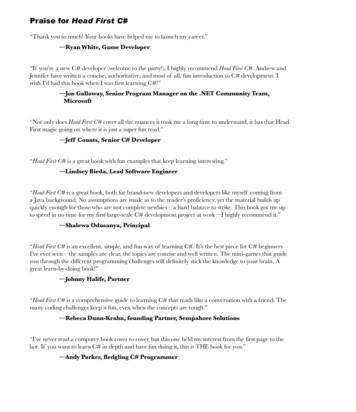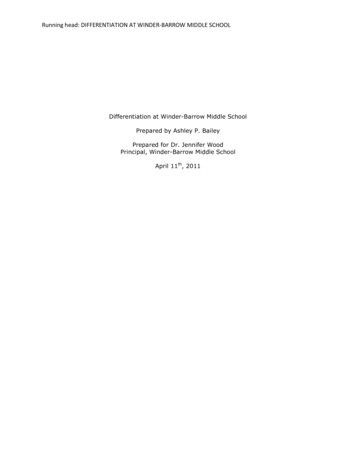
Transcription
Running head: DIFFERENTIATION AT WINDER-BARROW MIDDLE SCHOOLDifferentiation at Winder-Barrow Middle SchoolPrepared by Ashley P. BaileyPrepared for Dr. Jennifer WoodPrincipal, Winder-Barrow Middle SchoolApril 11th, 2011
DIFFERENTIATION AT WINDER-BARROW MIDDLE SCHOOLExecutive SummaryThis is a report of the findings regarding the implementation of ProfessionalDevelopment opportunities on Differentiation at Winder-Barrow Middle School. The belowpaper outlines the purposes behind the evaluation, methods used in collecting data, resultsgathered through data analysis and recommendations. Differentiation is evident in theclassrooms at Winder-Barrow Middle School. However, teachers feel the need of morespecific direction for their content in the area of differentiation. Teachers feel comfortablewith the tools they have so far, but want more. Below is the complete report.
DIFFERENTIATION AT WINDER-BARROW MIDDLE SCHOOLDifferentiation at Winder-Barrow Middle SchoolIntroductionThe Barrow County School system recently implemented a new initiative entitled FDA– Feedback-Differentiation-Assessment. The individual schools in the county initiatedprofessional learning to increase teacher preparedness in these three areas. The scope ofthis study was to investigate the impact of the professional learning in the area ofdifferentiation. Differentiation is a way to tailor classroom learning to individual studentneeds. According to Dawson and Dana in the British Journal of Educational Technology,differentiation in the classroom is necessary for a successful learning environment. Theybelieve that with differentiation appropriately implemented, comes fundamental pedagogicalchange in the teacher and the school. I have to ask myself, did this happen with theimplementation of FDA? It did happen, to some extent.The evaluation of differentiation as part of the Professional Developmentimplementation at Winder-Barrow Middle School was completed through the use of a surveycompleted by the faculty and staff of Winder-Barrow Middle School and through theinformation gathered at a follow up focus group. Although there are many facets ofdifferentiation, this evaluation focused on the implementation of the professionaldevelopment components of the Feedback-Differentiation-Assessment (FDA), a county-wideinitiative. This program has been implemented in each school, but for this evaluation, onlyinformation gathered at WBMS was evaluated.Before beginning this evaluation project, an article review was conducted. Articlesfrom educational forums across the world were reviewed and summarized to gain furtherknowledge on the concept of Differentiation in the classroom. Tovey (1997), in PupilIdentity and Differentiation in British Public Schools, described his evaluation ofdifferentiation in his local schools. He described how the differentiation works whenimplemented completely. This article brought a very important question mind as theevaluation was being conducted. Did the teachers have complete implementation of
DIFFERENTIATION AT WINDER-BARROW MIDDLE SCHOOLdifferentiation into their classroom before the evaluation was conducted? The answer can befound in the following documentation. This is a very important aspect because according tothe Tovey article (1997), implementation must be complete before differentiation can besuccessful in the classroom setting.Through this evaluation, it was discovered that differentiation comes in manypackages. Throughout the evaluation, I discovered many different differentiation strategiesthat were being implemented in the school. Goodnough (2007) describes differentiation interms of Project-Based Learning environments as well as basic teaching and learning in theclassroom. This was evident in many classrooms. It was also evident that the professionallearning should continue to bring all teachers on board.PurposeThe purpose of this evaluation was to discover whether or not the ProfessionalDevelopment opportunities were successfully implemented into the classroom, and whetherthese opportunities were affecting student learning from the perspective of the teacher. Thisevaluation provided an in depth look at teachers views of the professional learningopportunities on Differentiation in the classroom. Data collection was both qualitative andquantitative, gathered through a single survey and a focus group. The data that wascollected will be used to possible guide the next year of implementation of the FDAinitiative.The initiative of differentiation is important to the growth of the student as a 21 stcentury learner. Through differentiation, Seitsinger (2005) believes that standards-basedinstruction can be very successful. Many times, teachers feel that the standards-basedclassroom is just a class that is teaching to the test; the test being the Criterion ReferencedCompetency Test. Seitsinger (2005) believes that a standards-based classroom that usesdifferentiation and service-learning opportunities shows a more successful studentpopulation in data gathered. Also, it integrates more than three (3) peer reviewed articlesas background literature. To go along with this, Tovey states, “Future research should
DIFFERENTIATION AT WINDER-BARROW MIDDLE SCHOOLrecognize the potential relevance of the gender dimension” in a differentiated classroom.This is something to consider in the future when evaluating more of the differentiatedclassrooms at Winder-Barrow Middle School.Evaluation QuestionsPrimary Questions1.Did the implementation of Professional Development opportunities in the area ofdifferentiation help improve instruction?2.Is the layout of the Professional Development opportunities effective?3.Are the Professional Development opportunities being used in the classroom?Secondary Questions1.How is it affecting student learning?2.What are the challenges that teachers face when implementing differentiation?MethodsParticipants40 of the 50 certified teachers from Winder-Barrow Middle School participated in theevaluation of differentiation. This group of teachers consisted of 6 th, 7th, and 8th gradegeneral education teachers, as well as several connections teachers participated in the focusgroup. The survey that was completed by participants was an anonymous survey.Therefore, I only have gender, age, and grade level data on the participants who werewilling to participate in the focus group.The focus group comprised of six males and ten females. Of the six male participants,two were regular education teachers, two were special education teachers, one was aconnection teacher and one was a paraprofessional. The female participants consisted ofseven regular education teachers, one special education teacher, one gifted teacher and oneadministrative assistant. The age of participants has a range of 26-56.The following is the demographic makeup of the focus group:
DIFFERENTIATION AT WINDER-BARROW MIDDLE SCHOOLGrade level taught:Sixth grade: 2Seventh grade: 1Eighth grade: 3All three grades: 2Number of years experience:1-10 years: 511-20 years: 221 years: 1Content Taught*:English/Language Arts: 3Science: 2Math: 1Social Studies: 2All Contents: 1Age:20-29: 130-39: 240-49: 450 : 1*Since teachers were permitted to identify more than one content, totals add to more thaneight.Design and ProceduresThe following activities and procedures are designed to address the primary and secondaryevaluation questions: Erica Boswell and I utilized the same group of people during our evaluation project.Since we used the same people, we combined our resources and sent out one surveythat comprised of both my evaluation questions as well as Mrs. Boswell’s questions.We also the same people by completing one combined focus group. Our intentionwas to lessen the burden on our colleagues through the combination of our surveysand focus group. The evaluation questions that were answered through teachers completing oursurvey. The survey asked a series of questions that allowed the teacher to rate his orher feelings on the implementation of differentiation as part of the county Feedback– Differentiation – Assessment initiative. Teachers rated the implementation process,rated the administration’s support of the program and completed open-endedquestions that will gather data on their view of the Professional Developmentopportunities in the area of Differentiation. The evaluator used the results of these initial surveys to create questions (AppendixB) intended to direct conversation of the focus group. The focus group consisted ofteachers from different content areas and grade levels.
DIFFERENTIATION AT WINDER-BARROW MIDDLE SCHOOL The data was then analyzed and made available to the client.Instruments Qualitative and Quantitative Survey: The evaluator created a survey that gatheredboth qualitative and quantitative data for the evaluation. The survey questions werealigned with the evaluation questions, both primary and secondary. Focus Groups: Teachers who asked to participate in focus group from the originalsurvey met to discuss findings gathered from the survey. The focus group consistedof teachers from different contents, grade levels, and experience in teaching.Summary of Key FindingsEvaluation Question 1: Did the implementation of Professional Development opportunities inthe area of differentiation help improve instruction?Key Findings: According to the survey, most teachers felt that the implementation ofProfessional Development opportunities in the area of differentiation has improved theirinstruction by being evident in students learning (See Figure 1). According to the data, 63%of the faculty members that completed the survey felt that the implementation had helpedlearning and instruction in their classroom.Teachers that participated in the focus group reiterated this finding, while adding anexception. They felt that based on the opportunities provided by the administration, theywere able to use the Professional Development and improve instruction in their classrooms.However, they felt that much more Professional Development was needed. This reoccurringtheme was found throughout the group discussion.The teachers felt that there was not enough Professional Development ondifferentiation this school year. According to Goodnough (2006) in Teaching HigherEducation, “The adoption and fine-tuning of PBL or any new instructional approach will onlyoccur if faculties are willing to engage in critical, systematic reflection through self-study”.Learning about how to incorporate differentiation into your classroom through ProfessionalDevelopment is the most basic way to achieve this successfully.
DIFFERENTIATION AT WINDER-BARROW MIDDLE SCHOOLFigure 1Evaluation Question 2: Is the layout of the Professional Development opportunitieseffective?Key Findings: This question can be answered by analyzing the data from the questions, howwould you rate the knowledge of you current students? The teachers that participated in thesurvey said that is a close split between the students doing better and the students doingworse. When we discussed this with the teachers that participated in the focus group, theytended to answer this question by suggesting other options for professional development sothat all teachers would feel comfortable with the format and therefore it would be morereflected in the student achievement. The focus group members suggested an online formatoption and differentiation examples broken down by content and/or grade level.In the article Cognitive Differentiation and Organizational Influence Tactics: Findingsand Implications for Leaders as Agents of Influence, Akos and Cockman (2007) suggest thatdifferent tactics of delivery are useful when trying to implement new differentiationstrategies. The different ideas that are put together by the focus group can help direct thefuture Professional Development opportunities in differentiation across the board.Figure 2
DIFFERENTIATION AT WINDER-BARROW MIDDLE SCHOOLEvaluation Question 3: Are the Professional Development opportunities being used in theclassroom?Key Findings: When teachers were asked if these Professional Development opportunitieswere being used in the classroom on a daily basis, most replied with “daily.” This isencouraging data results (See Figure 3). Teachers see to be trying to implement these newstrategies into their classroom, however, according to the Focus Group, the teachers stillfeel like they need more information to fully implement the concepts in to the classroom.There must be as shift in the fundamental thinking of the teacher like the teacher inDawson, et al, (2007) “from homogenous to differentiated instruction, from technologycentered to curriculum-centered and from technology integration as simplistic to complexand multifaceted.” This is an example of how the thought process behind differentiation haschanged the thought process of the teacher. These shifts in the thoughts of teachers willhelp bring our classrooms into the 21st century.Figure 3Recommendations and ConclusionsRecommendationsThe recommendations that are gathered from this data are as follows:Allow Professional Development opportunities indifferent formats, i.e. online, bycontent, etc.Allow faculty input on Professional Development options.
DIFFERENTIATION AT WINDER-BARROW MIDDLE SCHOOLAllow for faculty to share, observe, connect with ideas of differentiation and allowgood models to be viewed.Give examples of good uses of differentiation and its effect on student learning.Have book studies in small groups so that everyone’s voices are heard.Provide Professional Development opportunities in differentiation using the languageof School Keys (2007).Demonstrate how each part of FDA work and how they work together. Give examplesof what is expected.ConclusionThe data for this evaluation was gathered through the use of a survey and focusgroup. The data demonstrated the further need of Professional Development in the area ofdifferentiation so that the teachers of Winder-Barrow Middle School will feel empowered toreflect on their own differentiation-rich classrooms. The idea of differentiation in theclassroom is not a new concept, but one that is sometimes difficult to witness.Differentiation comes in many forms and the hope is that the data gathered here will helpdrive the implementation of the model differentiated classroom.I hope to continue gathering data (i.e. repeating the survey once CRCT scores areback) and analyzing the data once these performance measures are in for the school year.This data will not be available until mid-May. Once the data is in, teachers will be surveyedonce again and we will compare the results again. Since the FDA initiative is something thatwill continue to be implemented in the 2011-2012 school year, it is my hope that thefindings in this evaluation will help drive some of the Professional Developmentopportunities of the future.ReferencesAkos, P., Cockman, C. R., & Strickland, C. A. (2007). Differentiating ClassroomGuidance. Professional School Counseling, 10(5), 455-463. Retrieved fromEBSCOhost.
DIFFERENTIATION AT WINDER-BARROW MIDDLE SCHOOLthBarrow County Schools (2011). Barrow county students continue to excel on 8 grade writing [Pressrelease]. Retrieved from http://www.barrow.k12.ga.us/PR/2011 8th Grade Writing Test PressRelease.pdfBlachowicz, C. Z., Bates, A., Berne, J., Bridgman, T., Chaney, J., & Perney, J. (2009).Technology and At-Risk Young Readers and their Classrooms. Reading Psychology,30(5), 387-411. doi:10.1080/02702710902733576Crawford, C. B., & Strohkirch, C. (1998). Cognitive Differentiation and OrganizationalInfluence Tactics: Findings and Implications for Leaders as Agents of Influence.Retrieved from EBSCOhost.Dawson, K., & Dana, N. (2007). When curriculum-based, technology-enhanced fieldexperiences and teacher inquiry coalesce: An opportunity for conceptualchange?. British Journal of Educational Technology, 38(4), a Department of Education. (2007). GAPSS analysis: Georgia assessment ofperformance on school standards: Closing the gap. Atlanta, GA: School Improvement Services.Georgia Department of Education. (2007). Implementation resource: Building capacitythrough best practices. Atlanta, GA: School Improvement Services.Georgia Department of Education. (2007). School keys: Unlocking excellence throughthe Georgia school standards. Atlanta, GA: School Improvement Services.Goodnough, K. (2006). Enhancing pedagogical content knowledge through self-study: anexploration of problems-based learning. Teaching in Higher Education, 11(3), 301318. doi:10.1080/13562510600680715Personal Communication. (2011). Teacher Focus Group at Winder-Barrow Middle School.Seitsinger, A. M. (2005). Service-Learning and Standards-Based Instruction in MiddleSchools. Journal of Educational Research, 99(1), 19-30. Retrieved from EBSCOhost.Tovey, P. (1993). Pupil Identity and Differentiation in British Public Schools. BritishEducational Research Journal, 19(2), 175-90. Retrieved from EBSCOhost.
DIFFERENTIATION AT WINDER-BARROW MIDDLE SCHOOLAppendixAppendix A - Survey to be completed by WBMS Employees
DIFFERENTIATION AT WINDER-BARROW MIDDLE SCHOOLAppendix A (cont.)
DIFFERENTIATION AT WINDER-BARROW MIDDLE SCHOOLAppendix B –Focus Group Questions How would you like to receive your professional development on F-D-A in the future? What could be done to improve the professional development in the area ofdifferentiation? What could the administration provide you with to help you better implementdifferentiation in the classroom? How do you measure differentiation when looking at student learning andunderstanding? Does being in special education or connections change your outlook/opinion of F-D-Ain terms of how you utilize assessment, especially? How could the administration extend the support provided in all areas of F-D-A inorder for teachers to utilize them better next year?
implementation at Winder-Barrow Middle School was completed through the use of a survey completed by the faculty and staff of Winder-Barrow Middle School and through the information gathered at a follow up focus group. Although there are many facets of differentiation, this evaluation focused on the implementation of the professional
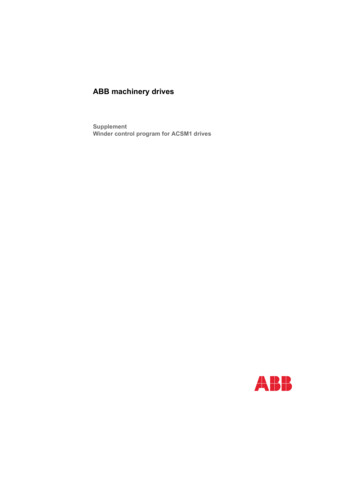

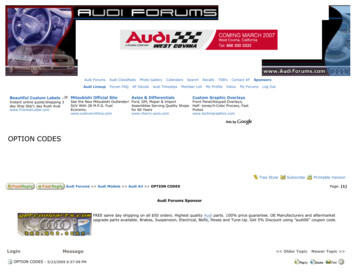
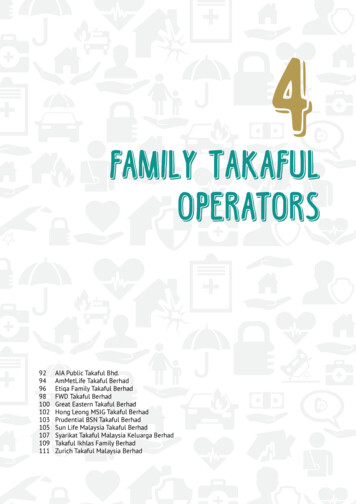
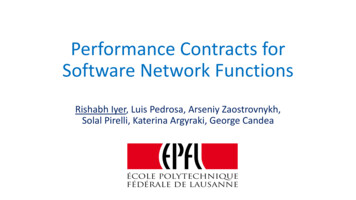
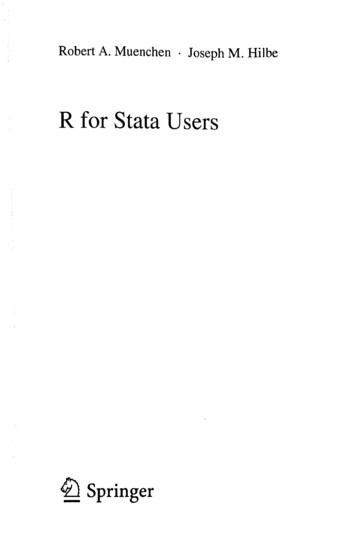

![Drawing the Human Head Burne Hogarth[English] - Internet Archive](/img/29/drawing-the-human-head-burne-hogarth-english.jpg)
